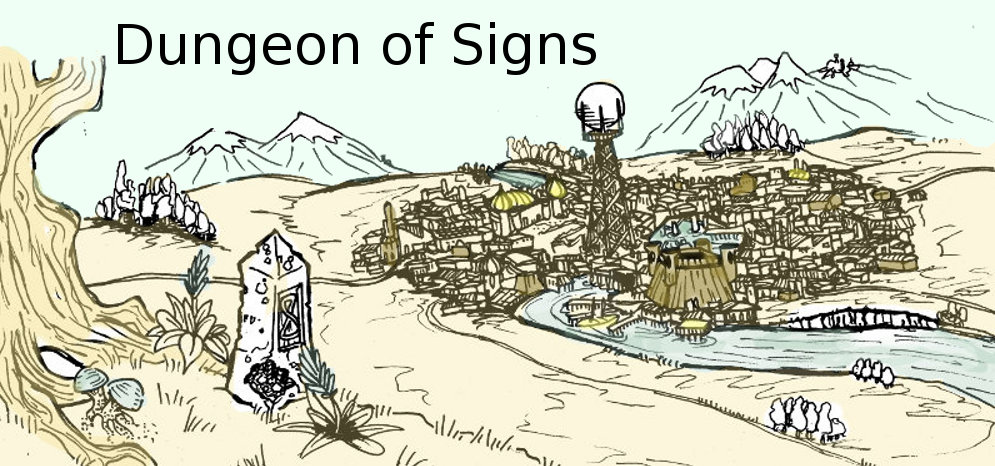One that's struck me about Monsters & Treasure is the somewhat clumsy feeling of its adaptions from mythological sources. It pulls in various words for creatures from European and Classical myth, but often ignores many of the interesting elements of the underlying story. The Monsters & Treasure Hydra seems the best example of this, transforming a sneaky, oddly botanical, regenerating, many headed snake thing into a super dinosaur. Additionally, Monsters & Treasure (and the Monster Manuals that follow from what I can tell) miss a rich vein of mythical beast lore by almost entirely (the Dragon, the Wyvern and a few others are retained) ignoring the legacy of Heraldic Beasts.
Heraldic Beasts are the fantastical creatures used on shields and as devices for (primarily) European nobility, and there are lots of them. Below is a list of several I found interesting and worthy of inclusion as strange monsters in your tabletop game. I'm not sure why exactly, though many of them have rather mundane names (Tyger, Lion or Wildman), their descriptions are as bizarre as anything else in the monster manual Heraldic Beasts seem like they would make an especially valid or even a key addition to a setting that seeks to remain quasi-historical (such as Lamentations of the Flame Princess's default setting) or to provide a knightly, even Arthurian element.
 |
| The 'Queen's Beasts' of England |
